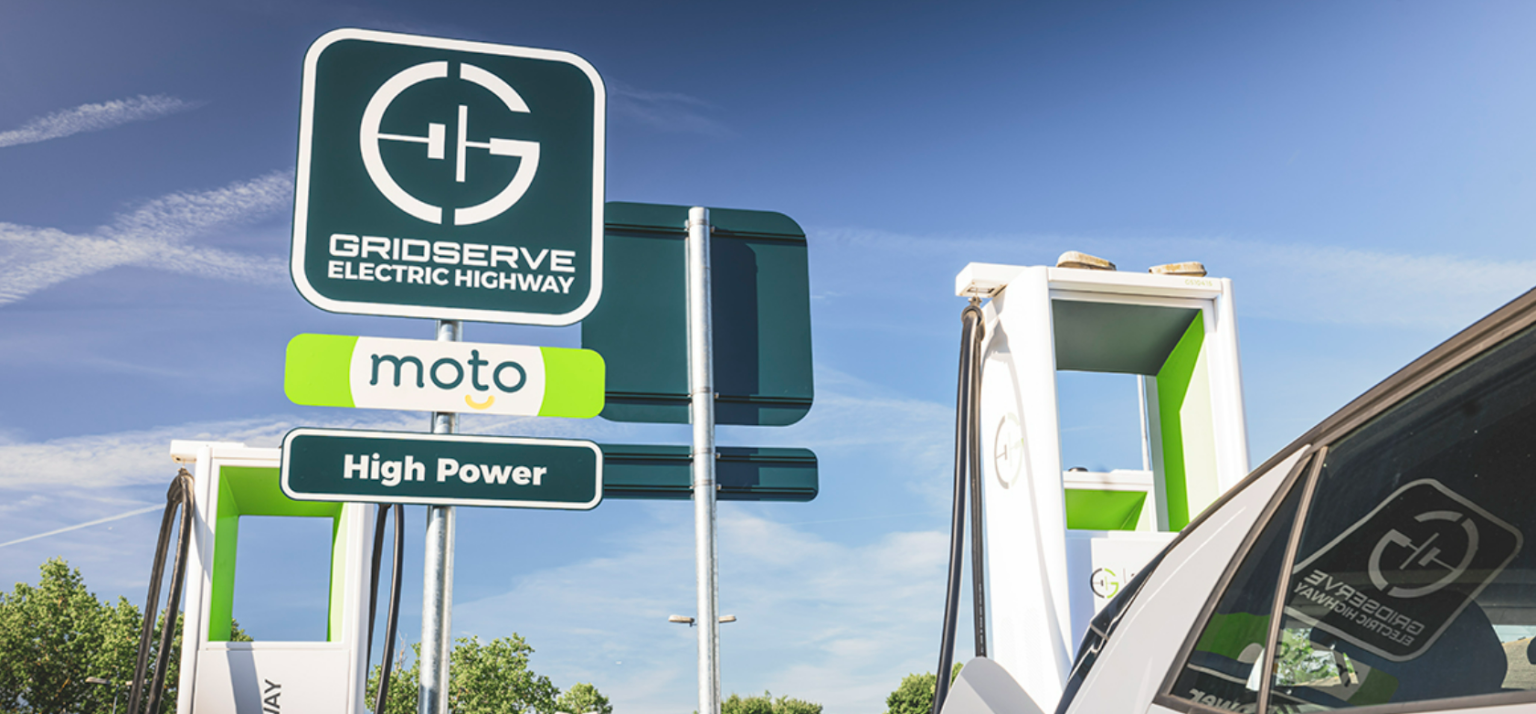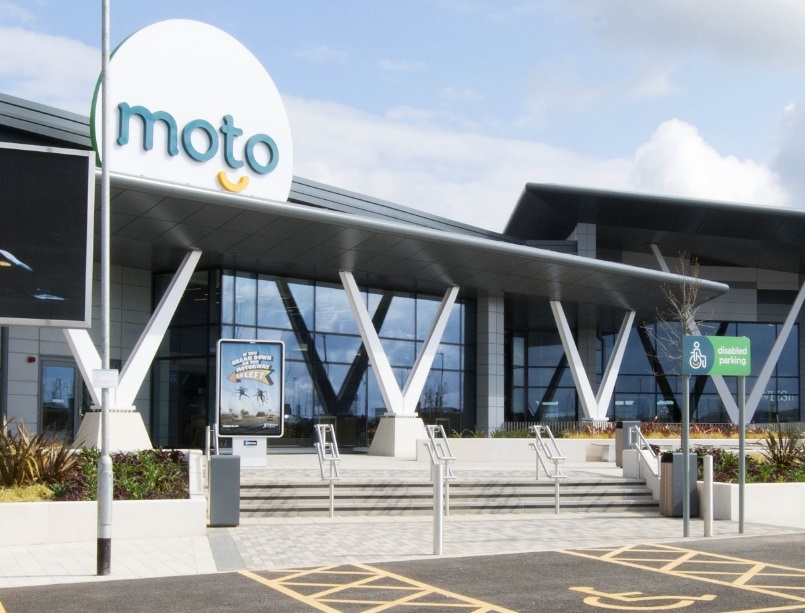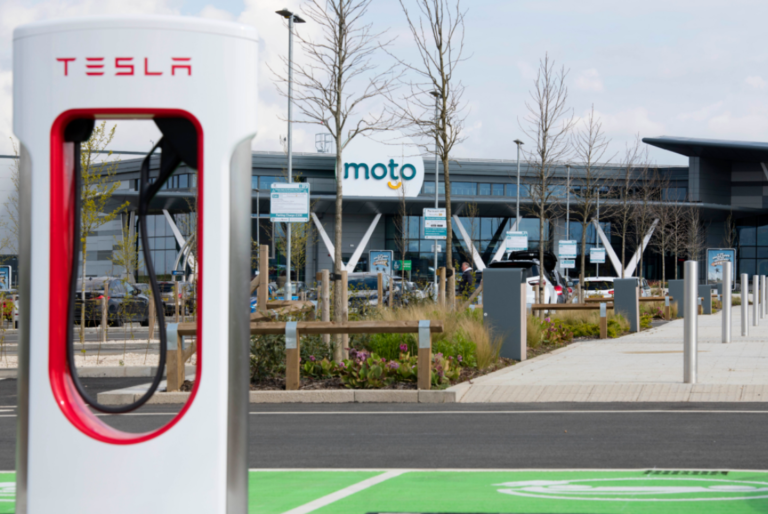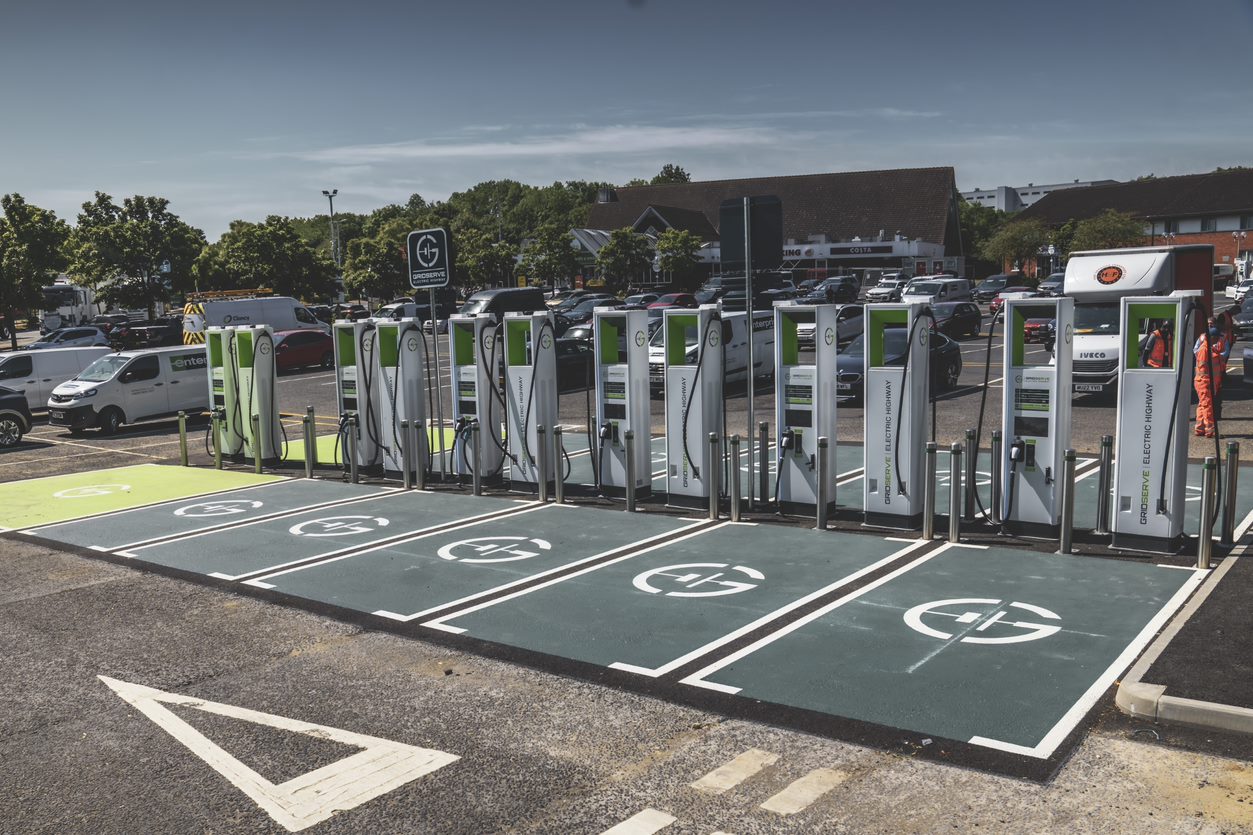
The warning came as Moto announced that it aims to have over 1,600 ultra-rapid chargers in place by the end of the decade, and 2,800 by 2040. Moto has now brought the total number of ultra-rapid EV chargers available on its network to 211 with the opening of 12 new chargers at Moto Reading Westbound.
Moto CEO Ken McMeikan said: “The electric vehicle revolution is now well underway and is ushering in a new future of more sustainable transport. By 2040, we will need ten times as many chargers to meet the projected increased demand. By 2030 alone EV charging will require twelve times as much energy than we currently have now, so engagement from Government and the National Grid to help industry address the challenges faced is vital.”
The rollout of the new chargers at Moto Reading Westbound comes as part of the company's ongoing nationwide efforts to transform access to charging facilities on the UK’s motorways, reduce range anxiety for EV motorists and encourage more car owners to switch to electric vehicles. Prior to the rollout, Gridserve and Tesla had already added ultra-rapid chargers to 20 hubs on Moto sites and created what is said to be the largest Superhub on the UK’s motorway at Moto Exeter Services, which has a total of 33 chargers.
Initially, 12 Gridserve chargers have been launched as part of this latest network expansion at Moto Reading Westbound on the M4, with capacity to expand when future demand requires. Supplied by renewable, net zero carbon energy, the 350kW-capable ultra-rapid chargers can deliver up to 100 miles of range in less than 10 minutes.
Moto now has a total of 53 ultra-rapid chargers across its M4 service stations at Moto Heston (West), Reading, Leigh Delamere, Severn View and Swansea with more scheduled to come.
Moto Reading, Woolley Edge and Hilton Park now have ultra-rapid charging facilities on either side of the carriageway, becoming Moto’s first twin Motorway Service Areas with an EV offering. Moto, Gridserve and Tesla are scheduled to invest and open even more Superhubs as the year progresses.
McMeikan said: “When we opened our first ultra-rapid EV Charging Hub at Moto Rugby, we knew it represented a major turning point in the feasibility of EV vehicle ownership – signalling the arrival of more accessible, more reliable and quicker on-the-go charging options. Now, just 18 months later, having over 200 such charge points across our network is a vast achievement. Together, with our partners, we have overcome significant planning, legal and infrastructure barriers to deliver a better charging experience for EV owners, as well as make the prospect of EV ownership more attractive."
UK demand for EVs continues to grow and already accounts for almost a fifth of all new car sales, according to data from car manufacturing association SMMT.
"Our network wide rollout continues at pace to meet that demand and work towards our ambition to install more than 1,600 ultra-rapid chargers by 2030,” said McMeikan.
Toddington Harper, CEO of Gridserve, said: “GRIDSERVE are committed to delivering a charging network that is simple to use, reliable and provides a great customer experience. We are proud of the Super Hubs delivered in our partnership with Moto and we are committed to growing our UK-wide network of chargers alongside the growth of electric vehicles so that drivers have confidence to make the switch to electric, both today and as the number of vehicles increases in future.”
Recent projections from Moto reveals what the future of EV driving will look like on the UK roads over the next two decades, with 1 in 25 cars on the road in 2023 being EVs, 1 in 10 by 2025, 1 in 3 by 2030 and 4 in 5 by 2040. Moto, Gridserve and Tesla’s ambition to bring ultra-rapid EV infrastructure to the UK’s motorway aims to match this trend and provide for the expanding cohort of EV drivers with 330 new ultra-rapid chargers being brought to the Moto network by the end of 2023, 720 by 2025, 1,630 by 2030 and 2,800 by 2040.
Whilst Moto says it is optimistic that the challenge posed can be overcome, open discussions are needed. It adds that improving the UK’s energy mix and grid capacity will take leadership from businesses, commercial landlords, Government, DNOs and charging providers being brought to the table to collaborate on solutions.
Since August 2021, access to charging points has increased by 34%, with the UK tally currently standing at nearly 34,000 public charging devices. However, despite industry efforts to invest in EV infrastructure, range anxiety and charging anxiety continue to be stumbling blocks in the transition to EV.












